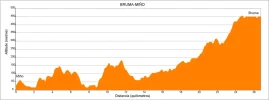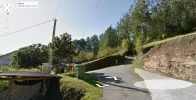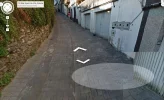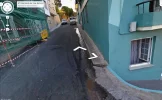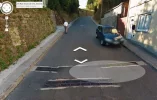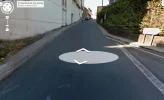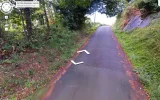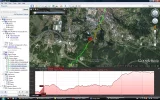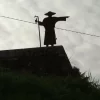Jo Rutter
New Member
- Time of past OR future Camino
- Camino Inglés (2015)
Hi all,
I've done a forum search for this answer, and not come up with anything specific yet , so I'm hoping someone more skilled at interpreting those elevation charts of the camino stages can help me.
As the weather is still intermittently wet and gloomy here in England, I've been training on a treadmill on rainy days. I've been setting it at a gradient of 10% to simulate uphill walking, but would like to set it to the actual gradient if I could, just so I can get an idea of what I'm in for! Can anyone advise? I don't mean the gradient of the entire rise from Betanzos to Bruma, just the gradient of the first (worst) main hill that reportedly takes about 45 minutes to climb. 'Steep' means different things to different people ;-)
Thanks -
Jo
I've done a forum search for this answer, and not come up with anything specific yet , so I'm hoping someone more skilled at interpreting those elevation charts of the camino stages can help me.
As the weather is still intermittently wet and gloomy here in England, I've been training on a treadmill on rainy days. I've been setting it at a gradient of 10% to simulate uphill walking, but would like to set it to the actual gradient if I could, just so I can get an idea of what I'm in for! Can anyone advise? I don't mean the gradient of the entire rise from Betanzos to Bruma, just the gradient of the first (worst) main hill that reportedly takes about 45 minutes to climb. 'Steep' means different things to different people ;-)
Thanks -
Jo




